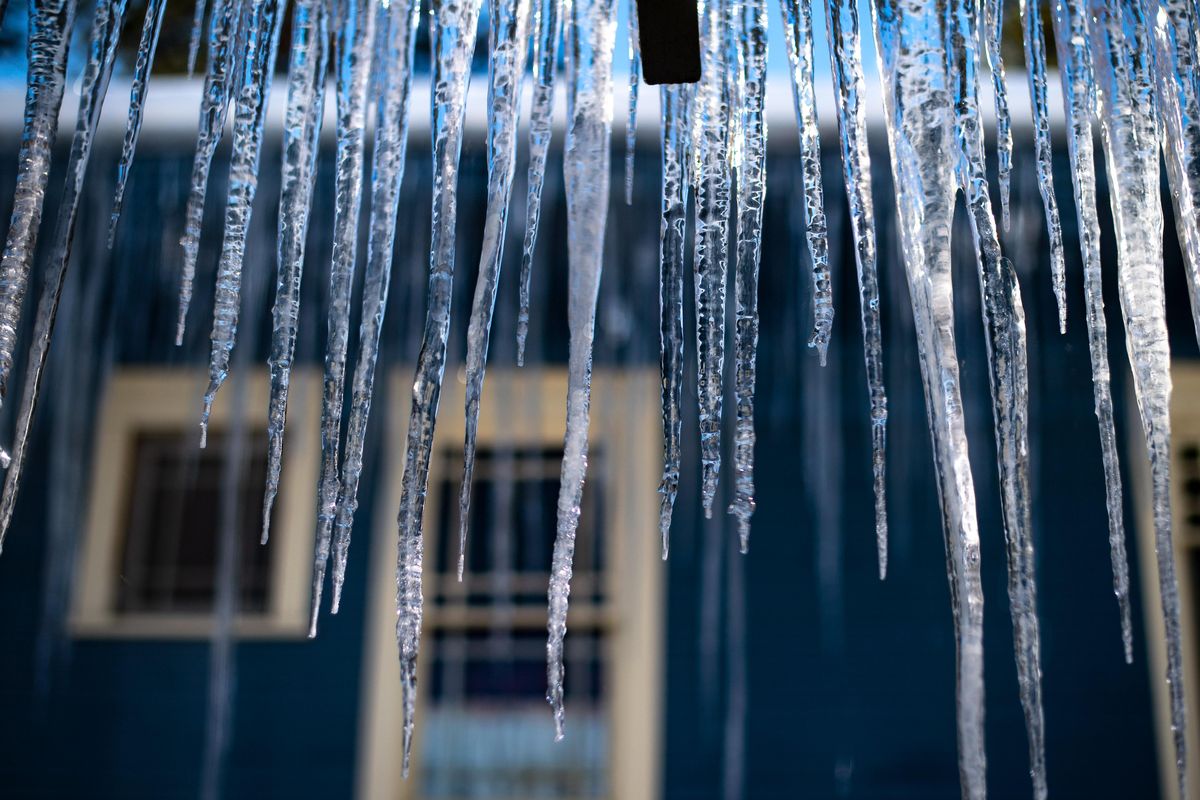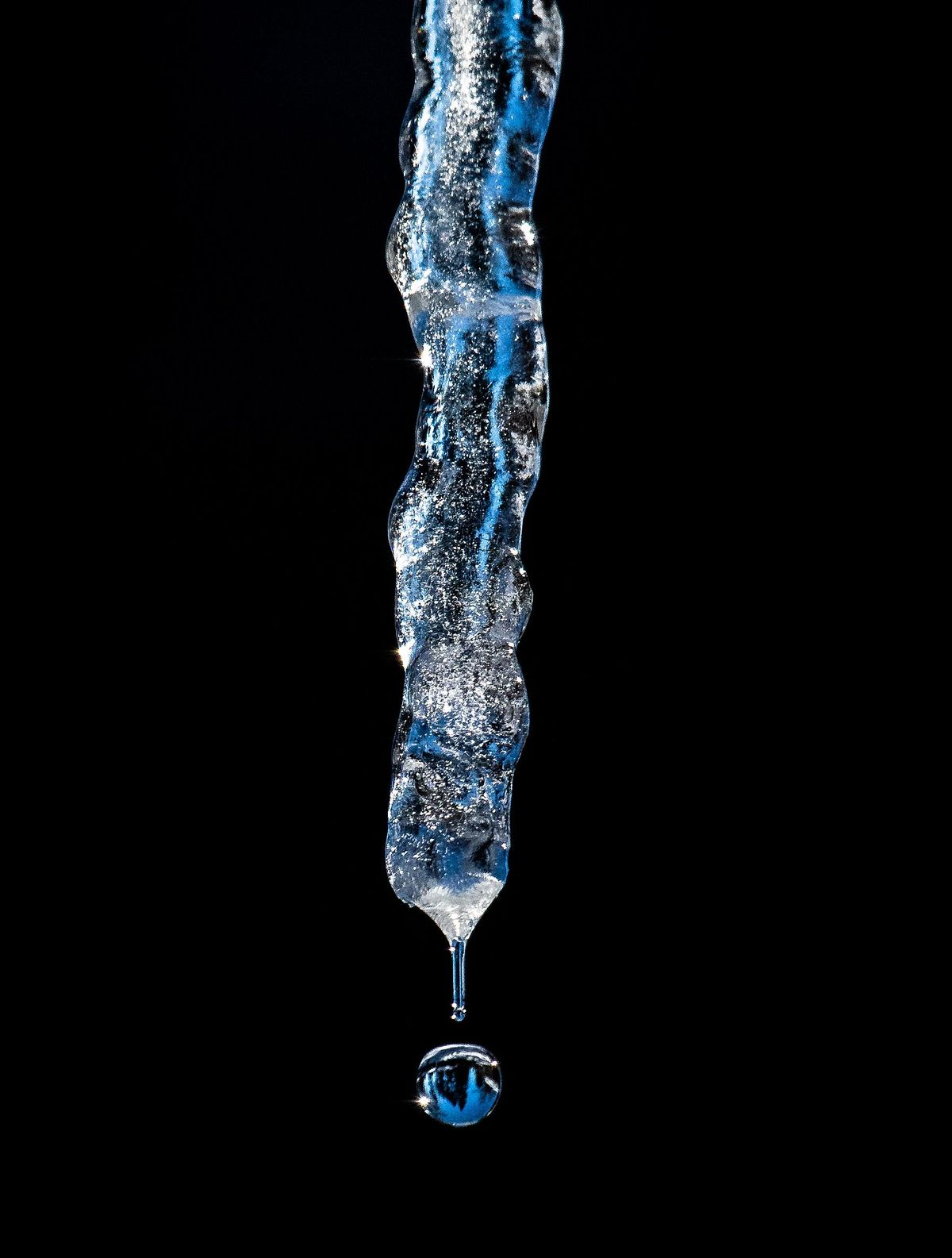Icicles may look super cool, but they point to a need for upgrades

Anne Putney gazed at the curtain of icicles hanging from the roof of her South Hill home.
“They’re beautiful,” she said. “It’s like they’re out of a storybook, but sometimes I’m worried about them ruining our roof.”
But that’s not the only thing that worries her about the icicles. Eleven years ago when she and her husband moved into their home, built in 1905, a massive icicle snapped and fell in her backyard, crushing her neighbor’s fence.
“Sometimes I’m worried about kids playing around them,” she said.
Apart from the dangers of falling on people, icicles cause a number of issues, said James Reese, commercial repair technician at Spokane Roofing Co.
“You don’t want to pull them or knock them down,” he said. “It could tear shingles down or tear the gutter.”
Reese recommended, in the short term, throwing de-icer on the roof and letting icicles thaw naturally.
“If it’s a constant issue every year, I suggest putting up heat strip or heat tape so it doesn’t build up,” he said.
A heat strip is a cable installed on the edge of a roof to melt ice.
Icicles hanging from a South Hill home, melt in sun, Thursday, Feb. 21, 2019. (Colin Mulvany / The Spokesman-Review)Buy a print of this photo
Icicles also are a clue to other problems.
Like many old homes, Putney’s house wasn’t built with the best-insulated attic.
“More often than not, they’re on older homes,” said Dave Hart, manager at Specialty Insulation in Spokane.
When heat from the house rises, it rises to the attic, causing the bottom layer of snow to melt and leak down the slope of the roof. That water refreezes when it hits the eave and it forms a lump of ice around the lining of the roof called an ice dam.
“If your attic isn’t insulated, heat gets into it and melts the snow on the roof,” Hart said. “It runs down onto the eave that’s cold on top and bottom.”
If it’s not taken care of, it can build up under shingles and create a leak, he said.
Tom Curtis, residential estimator at Specialty Insulation, said about 30 percent of customers mention icicles when calling into the business seeking an upgrade in insulation in their attics.
Hart said that adding insulation won’t guarantee that icicles won’t form.
Ventilation in the attic is also a factor in melting the snow on the roof, he said. If stagnant, warm air is lingering in the attic, it will melt the snow on the roof, even with good insulation.
“It’s got to breathe,” he said.
Icicles are also can be a danger to motorists when they build up on highway overpasses because they could break off and fall.
KHQ reported that the Washington Department of Transportation removed some large icicles in Spokane, including on the Pine Street overpass, and will take calls from residents who spot other icicles.
No icicles falling on passing cars have been reported in Spokane this winter, but some instances have occurred around the country.









